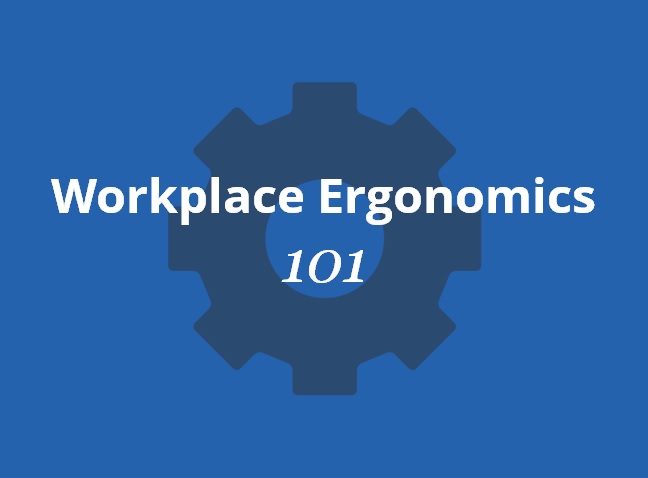A man who is too busy to take care of his health is like a mechanic too busy to take care of his tools.
— Spanish Proverb
Fitness For Work
We are all familiar with PPE (Personal Protective Equipment) that protects the body from injury. We wear safety glasses to protect the eyes, gloves to protect the hands, earplugs to protect our hearing. Another way to protect the body from injury is called PPEx (Personal Protective Exercise). Exercise can be used as a means to protect the body from injury just like PPE is used to prevent an injury. PPEx targets specific high-risk areas. By strengthening and stretching those “at risk” areas of the body (especially the upper extremities & low back), a person can significantly reduce their chance of injury. Improved strength, flexibility, relaxation, and endurance of the musculoskeletal system are probably some of the best ways to counteract and reverse the physical wear and fatigue of the body.
Exercise may slow the aging process
Some age related changes are inevitable. It was once thought that changes to muscles, bones, and joints were inevitable, too. Research now suspects that at least half of the changes to bones and muscles are because they are simply not used often enough.
Muscle loses size and strength as we get older. Maximum strength is reached at age 25, and begins decreasing at age 40. Bones start to lose mass during middle age. A sedentary lifestyle causes cartilage to shrink and stiffen, reducing joint mobility. Connective tissue has a diminished healing capacity with age. Tensile strength decreases and the stiffness of connective tissue increases. Exercise can not only prevent many of these age-related changes to muscles, bones, and joints, but can reverse these changes as well.
Concentrate on your health by putting more physical activity (controlled exercise) in your daily routine. Take care of your physical tools so they can enable you to perform at your highest level possible.
Body Mechanics
Using correct body mechanics as you perform the job decreases the fatigue and wear on the body and is a more efficient use of our energy levels throughout the day. You wouldn’t purposefully drive your car through every pothole in the road so why do the same to your body if you have the power to work smarter and not harder.
- Keep objects, no matter how much they weigh, as close to the body as possible when lifting, carrying, pushing, or pulling.
- It is better to push objects instead of pull.
- Lift with leg muscles while keeping the low back arched slightly inward and abdominal muscles tight throughout the lift.
- Carry, transfer, or hold objects with two hands instead of one if significant weight is present.
- If possible, it is better to lift or hold objects with the palm up versus palm down.
- Keep the wrist straight (neutral) in a power grip position when gripping a tool. Avoid wrist bend in either direction and avoid palm down positions of the hand. The neutral position of the wrist is the safest and most efficient position for the wrist in order to generate the proper amount of strength for use.
- Try to keep elbows at the side. As elbows go away from the side, shoulder muscles must contract more in order to support the weight of the arms.
